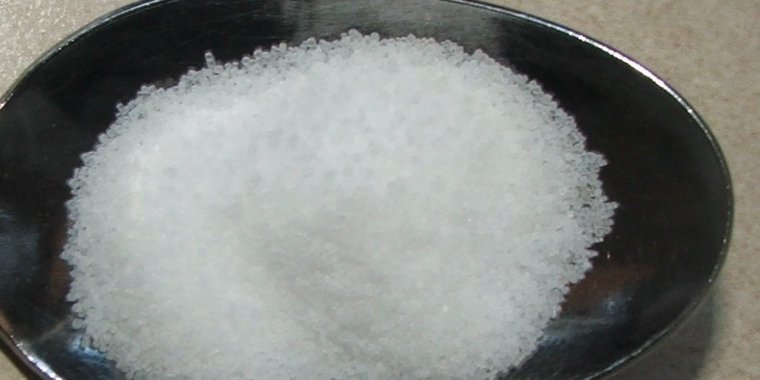| News / Science News |
How the body regulates salt levels
Sodium chloride, commonly called dietary salt, is essential to our body. But a high salt intake can raise blood pressure, which can damage the body in many ways over time. High blood pressure has been linked to heart disease, stroke, kidney failure, and other health problems.
Researchers have long believed that the way the level of salt inside our bodies is controlled is fairly straightforward: when levels are too high, our brains are stimulated to make us thirsty. We drink more and excrete more urine, through which the body expels excess salt.
To gain insight into this process, a team led by Dr. Jens Titze at the University of Erlangen-Nuremberg in Germany took the opportunity to study men participating in a simulated space flight program.
The scientists were surprised to find that, whatever the level of salt consumed, sodium was stored and released from the men’s bodies in roughly weekly and monthly patterns. The team uncovered similar rhythms for the hormones aldosterone, which regulates sodium excretion from the kidney, and glucocorticoids, which help regulate metabolism.
To better understand the mechanisms at work, the team also performed experiments in mice.
Changing salt intake affected levels of both aldosterone and glucocorticoids, the hormones found to rhythmically control the body’s salt and water balance. These, in turn, had a number of interesting effects in the body.
Increasing salt intake increased sodium excretion, but also unexpectedly caused the kidney to conserve water. Excess sodium was thus released in concentrated urine. This method of protecting the body’s water was so efficient that the men actually drank less when their salt intake was highest.
These results show that the body regulates its salt and water balance not only by releasing excess sodium in urine, but by actively retaining or releasing water in urine. The advantage of this mechanism is that the long-term maintenance of body fluids isn’t as dependent on external water sources as once believed.
The researchers found that the kidney conserves or releases water by balancing levels of sodium, potassium, and the waste product urea. This may be what ties glucocorticoid levels to salt intake.
A high salt diet increased glucocorticoid levels, causing muscle and liver to burn more energy to produce urea, which was then used in the kidney for water conservation. That also led the mice to eat more. These salt-driven changes in metabolism may thus partly explain why high salt diets have been linked to diabetes, heart disease, and other health problems that can result from the condition known as metabolic syndrome. (NIH)
YOU MAY ALSO LIKE





